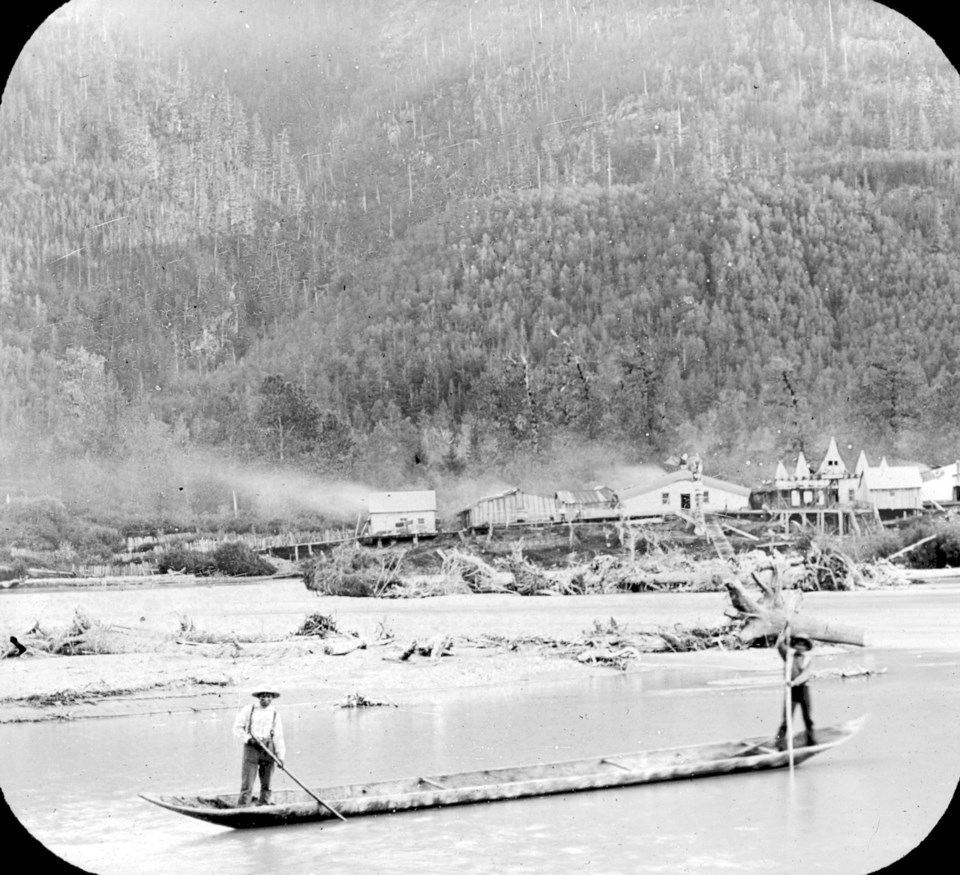In 2012, the First Peoples’ Cultural Council reached out to Jack Lohman at the Royal B.C. Museum after reading an article in this newspaper in which he talked about how he had been drawn to B.C. and the role of CEO at the museum as a result of his interest in First Nations culture and heritage.
We were delighted to soon be discussing the idea of partnering on a new exhibition at the museum that would highlight all of B.C.’s 34 First Nations languages.
The idea of a museum partnering with an indigenous organization to develop an exhibition about languages definitely pushes the boundaries.
There are very few examples of exhibitions in mainstream institutions in Canada, or even around the world, about indigenous people that include an indigenous point of view.
If you then throw language into the mix, it becomes even more unique. Indigenous languages are part of what we call our “intangible heritage,” and so the question of how to feature them in a tangible way for visitors to the museum was an entirely new concept with no known precedent.
In 2013, the First Peoples’ Cultural Council and the museum moved forward as full and equal partners on the project.
The cultural council has a strong connection with First Nations in B.C., so it was a natural fit for us to develop the content in consultation with First Nations experts in language, culture and heritage. The amazing team at the Royal B.C. Museum was in charge of the design and build of what eventually became the Our Living Languages exhibition, which launched on National Aboriginal Day in 2014.
This was not a token partnership. Although there were certainly challenges, Lohman and his staff trusted us to develop content that would be respectful to First Nations and compelling for visitors to the museum.
We began by convening a meeting of community advisers who directed development of all the content, including the title of the exhibition, its themes and how to weight the content areas.
It was the committee’s decision, for example, to focus the exhibition on the strength and beauty of indigenous languages. And the cradleboard theatre, which envelopes visitors in gentle lullabies and the sounds of mothers and small children conversing in their mother tongues, also came from an idea presented by one of the First Nations advisory members.
We are so proud to have been part of an exhibition that gives voice to First Nations in B.C. in a mainstream arts and culture organization in Canada in an entirely new way. It was created in partnership by two very different organizations with the same goal — to provide British Columbians, Canadians and visitors with the gifts of our languages and the opportunity to learn about the First Peoples of this land in their own words.
Jack Lohman and the Royal B.C. Museum leadership are to be commended for their vision and openness to working with an indigenous organization to draw attention to this important work.
Our Living Languages has been recognized as a best practice for all other mainstream Canadian organizations who want to partner with an indigenous organization to promote First Nations arts, history and culture.
Tracey Herbert is the chief executive officer of the First Peoples’ Cultural Council.
